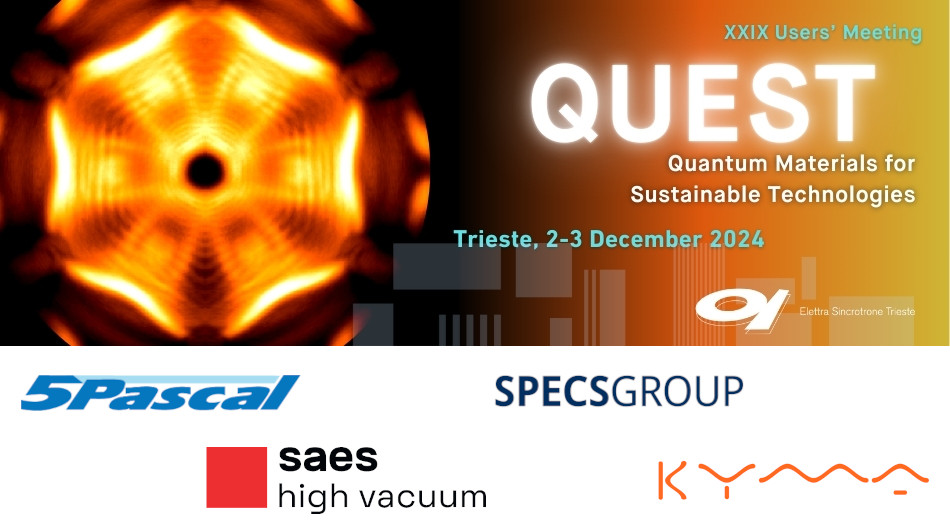Speaker
Description
Tuning the electronic properties of a 2D crystal by the interaction with its support is the key to design well-controlled nanoelectronic devices based on transition metal dichalcogenides (TMDCs). In particular, the establishing of a low resistance between a metallic contact and the TMDC has been challenging and different strategies for this have been introduced. It was suggested that a low Schottky barrier could be achieved not only by choosing contact materials with the suitable work function but also by introducing interface defects that can contribute independent of the metal contact work function$^1$.
Here we present a combined ARPES, STM, LEED and XPS study of MoS$_2$ grown on Au(111) using well established methods$^2$. After intercalation of Bi, which is semimetallic, and its further treatment we observe a doping consistent with what was inferred from recent transport measurements$^3$.
The results shown here sheds light on a potential way for tuning the effects of contacts of a 2D layer and their influence on the TMDC electronic structure.
[1] S. McDonnell et al., ACS Nano 8, 3, 2880-2888, 2014.
[2] Harsh Bana et al., 2D Mater. 5, 035012, 2018.
[3] P.C. Shen et al., Nature vol. 593, pages 211-217, 2021.

